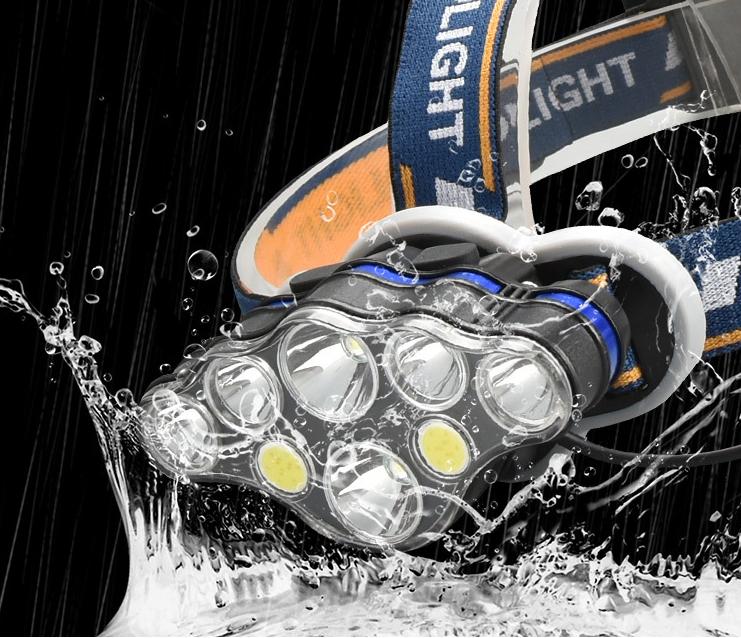Headlamps are a device widely used in diving, industrial and home lighting. To ensure its normal quality and function, multiple parameters need to be tested on the LED headlamps. There are many kinds of headlamp light sources, common white light, blue light, yellow light, solar energy white light and so on. Different light sources have different uses, and should be selected according to the actual needs.
Light source parameters
The light source parameters of the headlamp include power, luminous efficiency, light flux, etc. These parameters reflect the luminous intensity and brightness of the headlamp, and they are also important indicators to choose the headlamp.
Detection of harmful substances
In the detection of the headlamp, it is also necessary to detect the harmful substances possibly contained in the headlamp, such as fluorescent agent, heavy metals, etc. These harmful substances may cause harm to people and must be tested and excluded.
Dimension and shape detection
The size and shape of the headlamps is also an important aspect of the incoming test. If the headlights do not meet the requirements, it may affect the use effect and safety. Therefore, it is necessary to test whether the size and shape of the headlamp meet the requirements in the incoming material test.
The test parameters of LED headlamps can be divided into the following categories: brightness, color temperature, beam, current and voltage, etc.
The first is the brightness test, which refers to the intensity of the light emitted by a light source, usually expressed by a lumen (lumen). The brightness test can be done with a luminometer, which measures the intensity of the light emitted by the outdoor LED headlamp. The second is the color temperature test, color temperature refers to the color of light, usually represented by Kelvin (Kelvin). Color temperature test can be done by a spectrometer, which can analyze the various color components of the light emitted by the LED headlamp, so as to determine its color temperature.
In addition to the above parameters, can also be life test and waterproof performance test. Life test refers to the evaluation of the performance of the waterproof LED headlamp after a certain period of continuous use to determine its reliability and service life. Waterproof performance test is to test whether the LED headlamps can work normally in bad weather conditions, usually using water shower test or water tightness test.
In conclusion, the test parameters of LED headlamps include brightness, color temperature, beam, current, voltage, and life and waterproof performance. In order to complete these tests, we need to use luminometer, spectrometer, illuminmeter, multimeter, ammeter and other professional test tools. Through comprehensive testing of LED headlamps, their quality and performance meet the requirements, providing users with a better lighting experience.

Post time: Jun-11-2024
 fannie@nbtorch.com
fannie@nbtorch.com +0086-0574-28909873
+0086-0574-28909873





